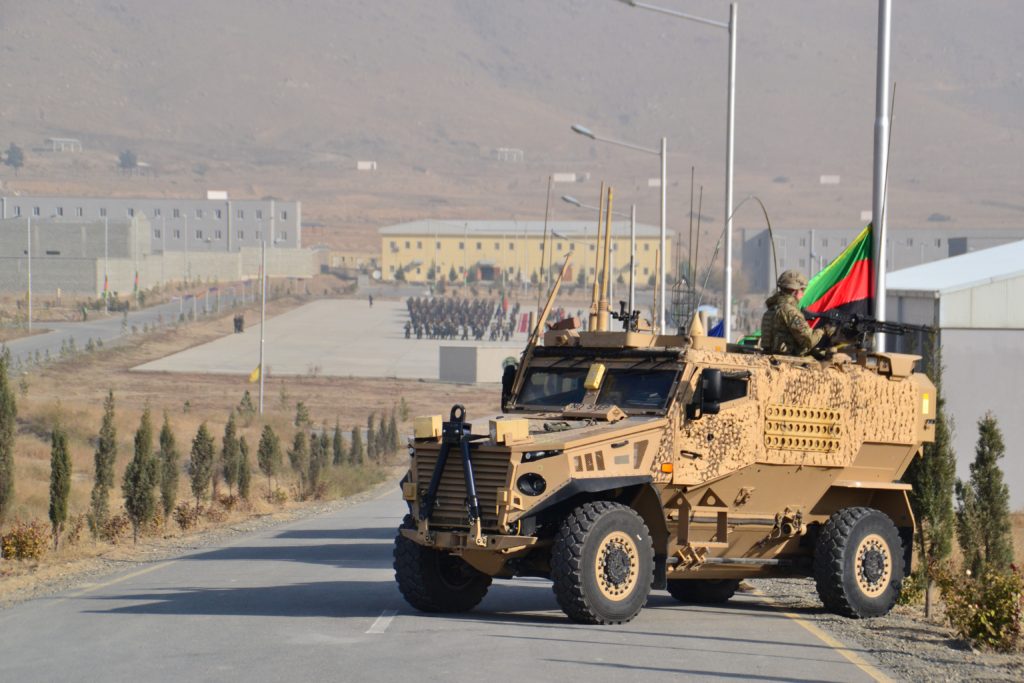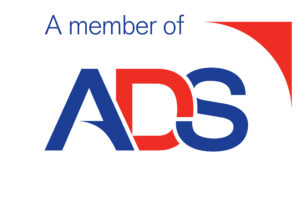On October 30th, the Special Inspector General for Afghanistan Reconstruction released its quarterly report to the United States Congress. Among the key findings of the report was that the security situation continues to deteriorate in the country, with reconstruction significantly hampered by the Taliban’s expanding territorial control.
“Highly volatile”
Referencing the UN Secretary-General’s strategic review of its Afghanistan mission from September, SIGAR notes the situation in the country has been marked by intensifying armed clashes between Afghan security forces and the Taliban, which has further been complicated by the emergence of “IS-K” Islamic State affiliate. The UN report also noted that most unstable areas of the country are located in the south and east of the country, and the security situation has been exacerbated by the Afghan government’s policy of ceding rural territory to protect urban population centres, allowing the Taliban to control the countryside and carry out more frequent attacks as a result.
In addition to this greater frequency of attacks, several high profile attacks have also eroded public confidence in the government security strategy. The most concerning of this appear to be IS-K’s attempts at stoking sectarian tensions through its targeting of Shi’a mosques, and the apparent joint operation carried out by IS-K and the Taliban in Mirza Olang, though the Taliban has also shown increasing sophistication in its targeting of Afghan security forces as well, as in the case of Chashmawi military base attack.
IS-K spreading?
For most of its existence, Islamic State’s Afghan affiliate has been viewed as limited in its geographic scope to the “N2KL” region of Nangarhar, Nuristan, Kunar and Laghman, on the notoriously lawless Pakistan border. The UN however reported alleged IS-K activities in the northern Jowzjan and Sar-e Pul provinces, and the western provinces of Herat and Ghor, which may indicate the group is expanding.
Afghan government territorial control continues to fall
As of August, the Afghan government directly controls or influences 56.8% of the nation’s 407 districts, a 1% drop on figures from six months ago, and a 6% drop from a year previous. This correlates broadly with the 5% increase in territory controlled or influenced by insurgents, with only a minor contribution to the number of contested districts. When looked at in term of population, the government still controls territory containing roughly 64% of the population, compared with the 11% that the insurgents have.
Broader issues with coalition assessments and training
SIGAR also highlighted critical failures in the coalition training and prior assessments of the Afghan security forces. By their assessment, the US was “ill-prepared to conduct security sector assistance programs”, and in particular failed to provide police development training, drew up plans for Afghan security readiness under “politically constrained timelines” which under-estimated insurgent resilience and over-estimated Afghan security force capabilities and through a mixture of factors, ended up with a chronically understaffed NATO training mission in the country.
Conclusions
While the report contains nothing new for those who have been following the security situation in the country, it nevertheless reconfirms the picture of Afghanistan as being in a dangerously unstable condition at present, and unlikely to improve in the near future.
Visit the SIGAR website for the latest quarterly reports here.
Need advice?
If you’d like further information, or to discuss working with us, please get in touch







